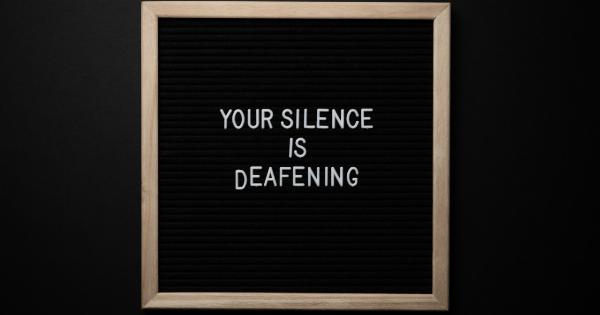Have you ever noticed that your chronic pain seems to intensify or become more bothersome during certain weather conditions? If so, you’re not alone.
Many individuals with chronic pain conditions, such as arthritis, fibromyalgia, and migraines, report experiencing changes in their symptoms in response to weather changes.
Weather Sensitivity and Pain Levels
Weather sensitivity refers to the phenomenon where individuals with chronic pain are more likely to experience fluctuations in their pain levels due to changes in weather conditions.
While not everyone with chronic pain is sensitive to weather changes, a significant number of people report a noticeable impact on their pain symptoms when the weather shifts.
While scientific research on this topic is still ongoing, several theories attempt to explain the link between weather and chronic pain.
One hypothesis suggests that changes in barometric pressure may be the key factor behind weather-related pain flares. Barometric pressure, also known as atmospheric pressure, refers to the force exerted by the weight of the air molecules in the atmosphere at a specific location.
The Role of Barometric Pressure in Pain
Changes in barometric pressure can occur due to various weather conditions, including storms, changes in altitude, and shifts in temperature.
According to some researchers, these pressure changes may affect our bodies’ tissues, nerves, and fluids, leading to heightened pain perception.
For example, when barometric pressure decreases, such as before a storm, the reduced atmospheric pressure allows tissues to expand.
This expansion can put pressure on joints, muscles, and nerves, potentially leading to increased pain and discomfort for individuals already living with chronic pain conditions.
The Influence of Temperature and Humidity
In addition to barometric pressure, temperature and humidity levels can also impact chronic pain levels. Many individuals report increased pain during cold weather or when there are rapid temperature changes.
The cold causes muscles to contract, leading to stiffness and discomfort.
Furthermore, humidity levels can affect joint pain, particularly for those with arthritis. Higher humidity can make the atmosphere feel heavier, leading to increased swelling and stiffness in the joints.
Understanding Individual Differences
While there is evidence to support the connection between weather and chronic pain, it’s important to note that individual experiences may vary.
Some people may find cold weather alleviates their pain, while others may experience increased discomfort.
Additionally, people living in different regions may have varying responses to weather changes. Factors such as genetics, lifestyle, and overall health can also contribute to how weather affects an individual’s pain levels.
Strategies for Managing Weather-Related Chronic Pain
If you experience weather-related chronic pain, there are several strategies you can try to help manage and alleviate your symptoms:.
1. Stay Active and Exercise Regularly:
Maintaining an active lifestyle can improve flexibility, strengthen muscles, and reduce pain levels. Low-impact exercises, such as swimming or cycling, can be excellent options for individuals with chronic pain.
2. Practice Stress-Reduction Techniques:
Stress and anxiety can exacerbate chronic pain. Engaging in relaxation techniques, such as deep breathing exercises, meditation, or yoga, can help alleviate both physical and mental stress, thereby reducing pain levels.
3. Use Heat or Cold Therapy:
Applying heat or cold to affected areas can provide temporary relief from pain. Use a heating pad, warm towel, or warm bath to soothe muscles and joints. Alternatively, cold packs or ice packs can help reduce inflammation and numb painful areas.
4. Maintain a Healthy Lifestyle:
Eating a nutritious diet, staying hydrated, and getting sufficient sleep can all contribute to overall well-being and lessen the impact of chronic pain.
It’s essential to prioritize self-care and adopt healthy habits that support a healthy body and mind.
5. Track Your Symptoms:
Keeping a pain diary can help identify patterns between weather changes and your pain levels. Note the specific weather conditions each day and any changes in your symptoms.
This information can be useful for developing coping strategies and discussing your observations with healthcare professionals.
Consulting with Healthcare Professionals
If your chronic pain is significantly impacting your daily life and well-being, it’s essential to consult with healthcare professionals.
They can provide tailored advice, recommend appropriate pain management techniques, and explore potential treatment options.
Remember, everyone’s experience with chronic pain is unique, and what works for one person may not work for another.
Be open to trying different strategies and consult with healthcare professionals to find the most effective approach for managing your condition.
Conclusion
While the link between weather and chronic pain is still not fully understood, many individuals report experiencing changes in pain levels in response to weather changes.
Barometric pressure, temperature, and humidity are believed to play significant roles in influencing pain perception. By understanding the potential triggers and employing strategies to manage and alleviate weather-related chronic pain, individuals can regain control over their lives and minimize the impact of their pain on daily activities.






























